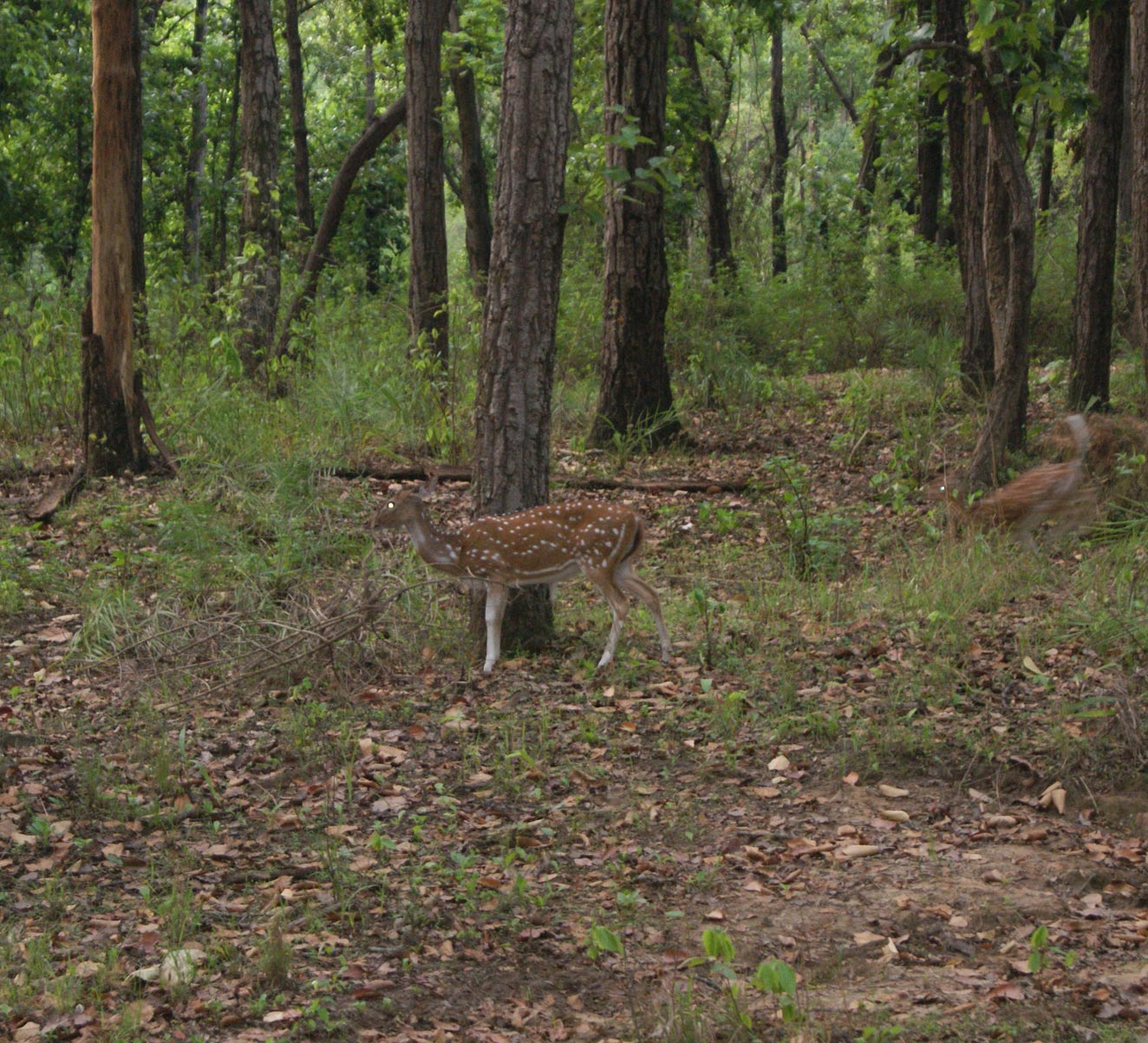Kanha National Park is the only woodland in the country that brings so much of vividness in nature and is amazingly a home to over 200 species of flowering plants. It is a low land forest that brings a mixture of Sal (Shorea robusta) and other mixed forest trees, mingled with meadows. The moderate and favorable climate and varied topography supports the growth of a rich and varied flora in the Park. Over 70 species of trees are found in Kanha.
Truly considered as the Kipling’s world that powered him with such magnificent imaginations, Kanha Tiger Reserve has numerous vegetative attractions around the vicinity for a perfect habitat for the jungle beings. The highland forests of Kanha are tropical moist dry deciduous type and bamboo (Dendrocalamus strictus) on slopes can be discovered with differently. The most popular Indian Ghost Tree (Kullu) can also be witnessed in the deciduous area.
The types of forest area found in the Kanha Tiger Reserve are:
- Moist Peninsular Sal Forests (3C/C2)
- Southern Tropical Moist Mixed Deciduous Forest (3 A/C 2a)
- Southern Tropical Dry Deciduous Mixed Forest (5 A/C-3)
The major floras discovered in Kanha Reserve:
Sal, Saja, Lendia, Dhawa, Tendu, Palas, Bija, Mahua, Aonla, Achar and Bamboo. Besides, there are many species of climbers, forbs and grass can also be found here.
There are many species of grass witnessed at Kanha for the survival of the featured species of Barasingha(Cervus duvauceli branderi) in the reserve. Along with that some aquatic plants in numerous “tal” (lakes) are life line for migratory and wetland species of birds.
For the preservation of the floras, some eco-development processes are being organized for the buffer zone of the Kanha Reserve under the MP Forestry Project. These activities are undertaken by some eco-development committees including 106 EDCs in the buffer and 25 in the core zone along with the Reserve Management.
The peripheral villages are also becoming the advantageous parts of it and the eco-development components are:
- Protection, regeneration and enhancing the productivity of the resources under the forest zones arranging for fodder, fuel wood, timber and MFP by accessing security to the villagers while assembling for the resources.
- Promoting the activities related to the use of non-forest resources to generate incomes.
- Taking initiatives to break the barriers between the forest and other related sectors.



 Share
Share Home
Home Packages
Packages Book Now
Book Now